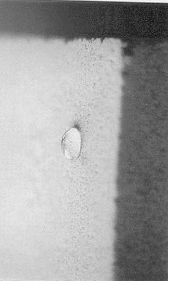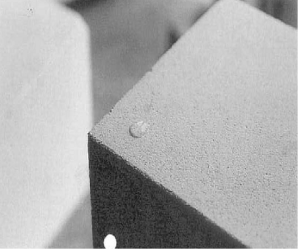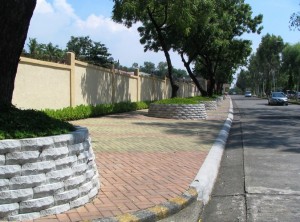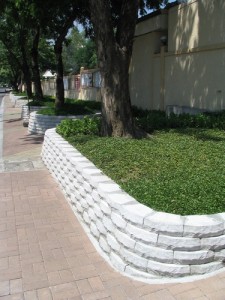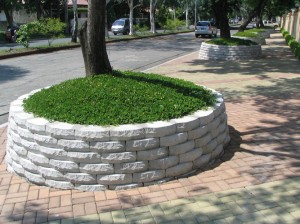Ultimately, if you are producing enough concrete then producing it yourself should be the next logical step. In the mean time it is important to have a reliable concrete supplier who will help you get the best out of your moulds and products. That means a good mix, a knowledgeable supplier, and flexibility.
In the free precast booklet ‘How to find a good concrete supplier’ (click to get all the booklets available to download) it aims to help you do just that.
Here is an extract:
Think about your mix
Once you choose a ready mix supplier, you will need to communicate your performance requirements for the concrete. The supplier can then work with you to provide a mix that will achieve the desired results. Your supplier also needs to know the anticipated exposure and service conditions of the concrete once it has been delivered so that he can supply you with a material strong enough for the application and advise you on admixtures to use to enhance concrete performance, such as water reduces and air entrainers.Other ingredients you might want to include in your mix recipe include fibres, colour pigments, decorative aggregates, or admixtures.
Understand mix design basics
You should know the basics of concrete mix design so if your supplier gets the formula wrong, you will at least have a basic understanding of how the components in a mix interact so you can help troubleshoot the problem. In some cases, even slight modifications can make a big difference in how the concrete performs.Figure out how much concrete you require
Once you work with your supplier to come up with the best mix for your application, the next step is to order the right amount. Buying too much concrete is not only a waste of money, but also necessitates finding an environmentally safe way to dispose of the excess. If you’re too conservative with your estimate and don’t buy enough concrete, you’ll be forced to put the project on hold until an emergency delivery arrives. Volumetric concrete suppliers are able to supply smaller amounts of concrete as they can produce fresh concrete on site to the
quantity required. This takes away any waste issues. Plan ahead to ensure timely delivery Ask the ready mix supplier how many days of lead time are necessary for an order and whether the concrete can be delivered at the time of day you want it. Giving your supplier ample notice will help to ensure priority service and on-time delivery. For additional reassurance, be sure to confirm your order the day before the pour.
Hopefully that helps you to choose your ready mix supplier, for more tips, hints, help and information click here and download some of our helpful books.


